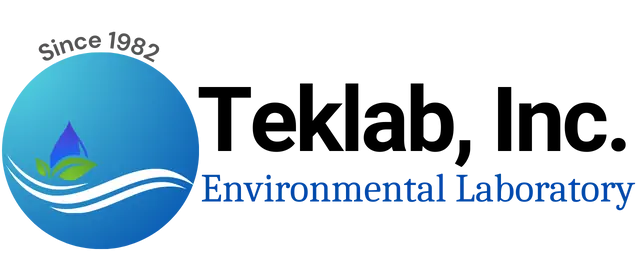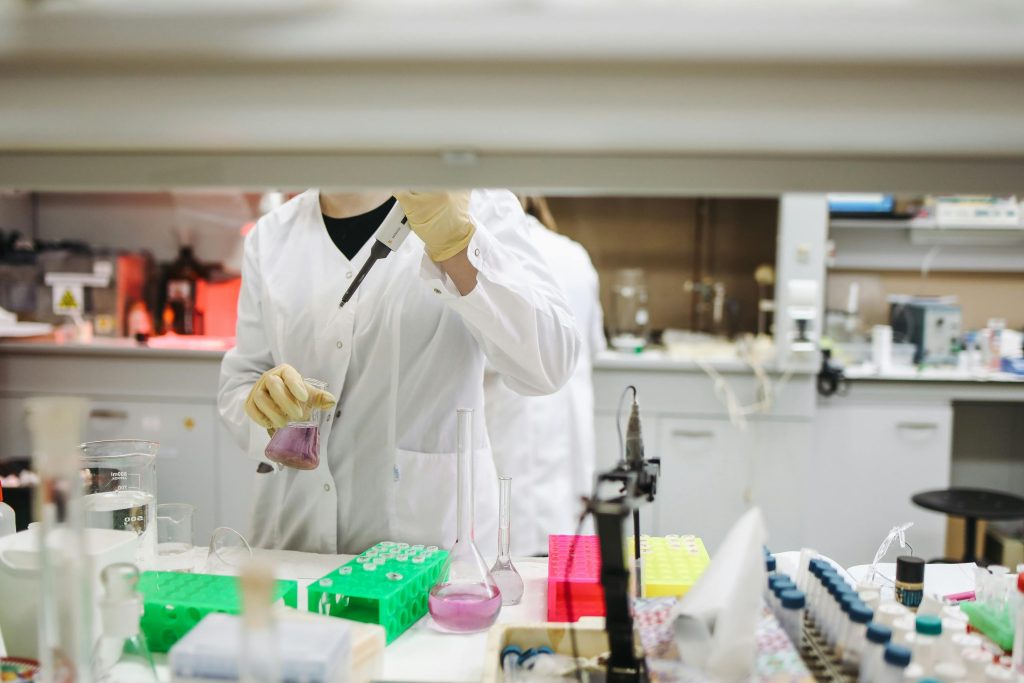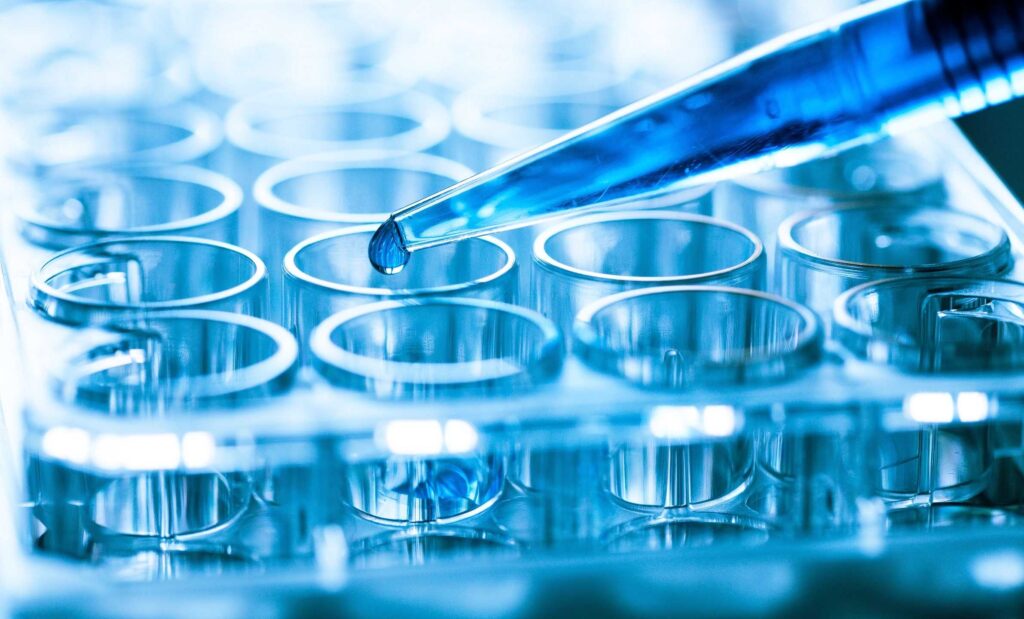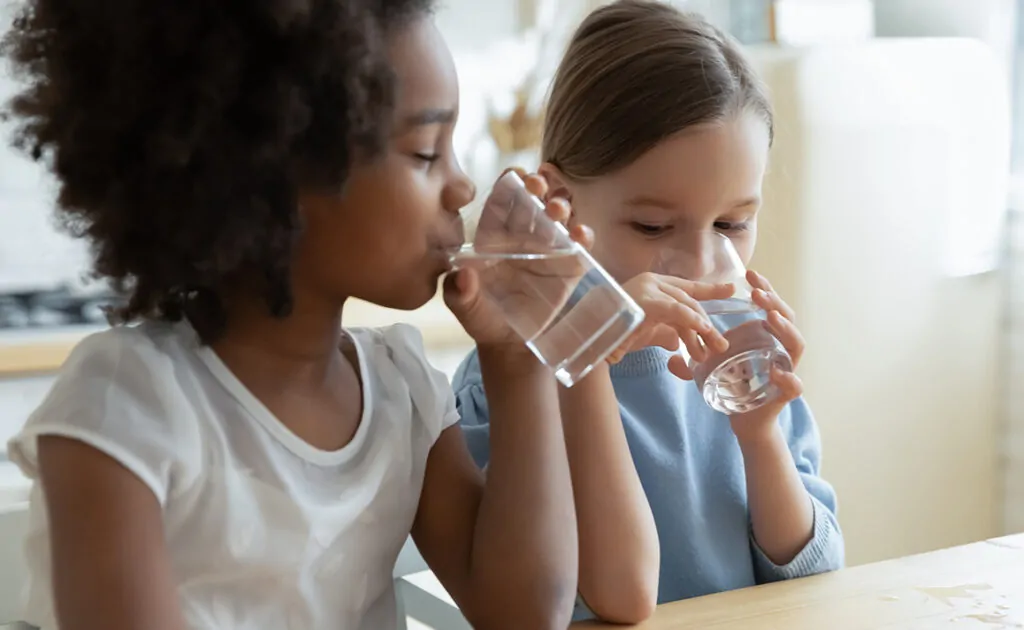Trace Level Mercury Testing
Mercury testing in water and soil is becoming increasingly important due to rising environmental contamination. Mercury’s presence in our waterways poses a significant threat to maintaining a clean and safe environment.
As NPDES permits are renewed, states are imposing progressively lower permit limits on mercury levels in water. In response, low-level mercury testing is now replacing traditional high-level mercury analysis. EPA methods 1631 and 245.7 enable the detection of low concentrations of mercury in both water and soil. Teklab is a NELAP-accredited environmental testing laboratory, specializing in low-level mercury (Hg) testing for wastewater effluent, groundwater, and special waste samples.
This advanced testing, with its increased sensitivity, is rapidly becoming the industry standard, replacing older mercury detection methods. It also meets the new Maximum Contaminant Levels (MCLs) established under the Clean Water Act.
Our state-of-the-art Leeman Labs HYDRA AF Gold mercury analyzer allows us to achieve a low reporting limit of 0.5 parts per trillion (ppt), fully satisfying the requirements of EPA method 1631. We routinely provide specialized low-level mercury testing, using EPA Methods 1631 and 245.7, for other environmental testing laboratories as well.
The analysis is conducted through a series of steps involving oxidation, purge and trap, desorption, and cold vapor atomic fluorescence spectrometry (CVAFS). The reporting limit for mercury using this method is 0.5 parts per trillion (ppt), with a detection range of 0.5 to 100 nanograms per liter (ng/L) for aqueous samples. The method detection limit (MDL) for low-level mercury has been established at 0.2 ppt. This procedure adheres to EPA Method 1631E.
Collection | Preservation | Storage of Samples
Typically, a case of 24 jars (250mL each) is received, opened, recorded, and numbered.
- The jars undergo a leaching process using a 1:1 hydrochloric acid (HCl) solution for a minimum of one hour. Following leaching, the jars are rinsed with deionized water and tightly capped.
- To ensure the cleanliness of the batch, one jar from each lot is filled with mercury-free reagent water and bromine chloride and treated as a sample to verify clean lots for sample or field blank use.
- When a bottle order is received from a client, the jars are leached, rinsed, and 1.25mL of bromine chloride is added to each jar.
- These jars are then labeled for low-level mercury testing and sent to the login department for proper packaging, including placement in plastic bags for shipment or pickup.
If jars are sent out without bromine chloride, the samples must be preserved with BrCl within 48 hours of collection at Teklab. For every 100mL of sample, 0.5mL of bromine chloride should be added.
Once preserved, samples have a 90-day window for analysis.
The approved collection procedure for EPA 1631E is conducted in accordance with EPA Method 1669:
- Upon receiving samples from clients, the presence of a yellow tint from the bromine chloride must be verified.
- Samples can be tested using starch iodide indicator paper, and care must be taken to avoid mercury contamination.
- If the indicator paper does not turn a dark purple or if the sample is not yellow, an additional 1.25mL of bromine chloride should be added, followed by a 12-hour wait period to ensure the color remains.
- Utilizing the “clean hands/dirty hands” sampling approach is highly recommended to minimize the risk of mercury contamination during sample collection.
- A minimum of 250mL of sample is required for this procedure. To each 250mL sample, add 1.25mL of pre-tested bromine chloride (BrCl) and allow the sample to sit for a minimum of 12 hours. This step oxidizes mercury to Hg(II).
- The samples are then placed in a 50ºC oven for 6 hours. If the yellow color of the bromine chloride fades, additional BrCl must be added to the sample and one of the blanks.
- Then the samples are returned to the 50ºC oven until the yellow color remains stable.
To neutralize the BrCl, add 0.5mL of hydroxylamine hydrochloride (NH2OH•HCl) to clear the yellow color. Swirl the sample gently and allow it to sit for 5 minutes. Once this step is complete, proceed with running the calibration curve and testing the samples.
The Role of Environmental Laboratories in Testing for Toxic Heavy Metals like Mercury
Environmental laboratories play a pivotal role in safeguarding public health and the environment by accurately testing and analyzing samples for toxic heavy metals such as mercury. These metals can pose significant risks when present in air, water, soil, making precise testing essential for regulatory compliance, risk assessment, and remediation efforts.
The process begins with proper sample collection and preparation. Teklab provides detailed protocols to ensure that samples are representative and free from contamination. Whether it’s water, soil, or air, preserving the integrity of the sample is crucial. For example, samples for heavy metal analysis are often treated with specific preservatives and stored under controlled conditions to maintain their stability until analysis.
Once the samples arrive at the laboratory, advanced analytical techniques are employed to detect and quantify mercury. This includes highly sensitive methods such as Cold Vapor Atomic Absorption Spectroscopy (CVAAS) for mercury detection, Inductively Coupled Plasma Mass Spectrometry (ICP-MS) for trace-level analysis, and Atomic Fluorescence Spectroscopy (AFS) for ultra-trace sensitivity. These methods allow laboratories to identify the specific forms of mercury present, such as elemental mercury, inorganic compounds, or methylmercury, which is particularly hazardous due to its ability to bioaccumulate in the food chain.
Quality control is a cornerstone of environmental testing. Accredited laboratories, such as Teklab, adhere to strict standards like EPA Method 1631 for mercury analysis. Rigorous calibration and validation procedures ensure the accuracy and reliability of results. Additionally, quality assurance measures, including the use of blanks, spikes, and duplicates, help identify any potential contamination or anomalies in the testing process.
The importance of testing for toxic heavy metals like mercury cannot be overstated. Mercury exposure is linked to severe health issues, including neurological damage and developmental problems, particularly in vulnerable populations such as children and pregnant women. Additionally, mercury’s ability to bioaccumulate in aquatic ecosystems threatens wildlife and human populations alike. We are committed to providing precise and reliable testing services to address these challenges. Our expertise in heavy metal analysis, combined with advanced instrumentation and strict quality standards, ensures that our clients receive the accurate data they need to protect human health and the environment.
Whether for regulatory compliance, risk assessment, or environmental remediation, Teklab is your trusted partner in addressing toxic heavy metals like mercury.



